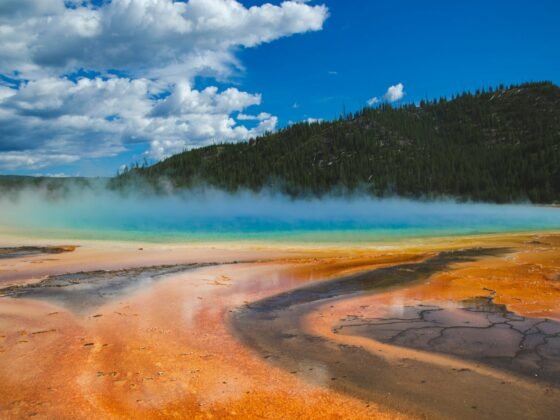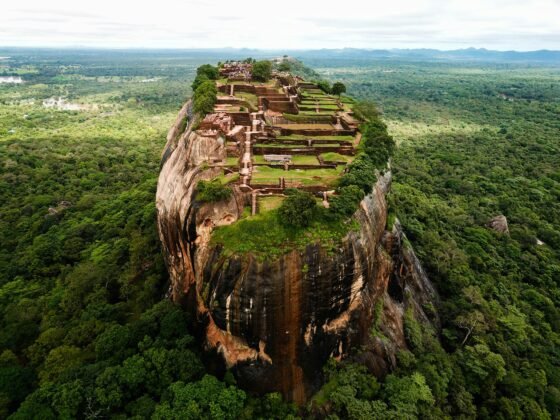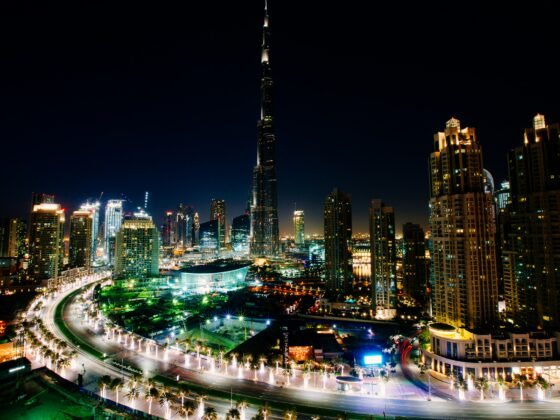If I told you that Bucharest boasts tree-lined boulevards and decadent Belle Époque architecture, this graceful city’s nickname will be no great surprise – ‘Little Paris’ – is choc-full of museums, galleries and buildings spanning an eye-wateringly impressive period. These are our top cultural sights in Bucharest – the Eastern European gem.
Romanian Athenaeum – Make this your first stop on the cultural trail of Bucharest – the seriously impressive Romanian Athenaeum sure makes an impression on first-timers. At the very heart of the city’s classical music scene, the Athenaeum’s Big Hall boasts stunning frescoes courtesy of the Romans. Don’t miss the interior concave of the 41 meter tall sumptuous dome.
Revolution Square – Get your bearings in Bucharest’s Piata Revolutiei which is recognisable at the site from which Ceausescu relinquished power on 21 December 1989. The Square is surrounded by the most handsome and historically important building sin Romania’s heritage: the Royal Palace today houses the National Art Museum, the awesome Romanian Athenaeum (detailed above), the exquisite Athenee Palace Hotel and the pretty Kretzulescu Church.
Palace of Parliament – You can’t fail to notice the imposing Palace of Parliament – the second biggest building in the world (behind Washington’s Pentagon building) – which was Ceausescu’s brainchild. Started in 1983, it remains unfinished, and at 12 storeys high, this building has the dubious accolade of the most expensive building in the world – at an estimated €3.3 billion. Don’t miss the impressive crystal chandelier which hangs in the Human Rights Hall, which weighs in at a massive weighs 2.5 tons!
Stavropoleos Church – One of the oldest and most ornate churches in the city, the Stavropoleos Church fuses Romanian and Byzantine architecture. Built by a monk in 1724, the quaint religious structure has ornate frescoes and beautiful wood-painted icons. Don’t miss the peaceful garden.
Village Museum – This is the oldest and original open air museum in Europe. Open in 1934 by royal decree, there are around 50 traditional buildings spread across 30 acres. Churches, mills and workshops stand on the shores of Lake Herastrau within Herastrau Park. Romania’s rural architecture is amply illustrated in its peasant homes, log cabins and thatched barns.
Grigore Antipa Natural History Museum – This recently renovated museum is perfect for the whole family and is one of the largest natural history museums in Europe. Wander the intriguing reptile, fish, bird and mammal collections. In fact there are more than 300,000 specimens on display, with the ancient dinosaur fossils of particular interest. An entire floor is given over to sea life, where whales, dolphins and seals come to life.
Lipscani District – Taking a walking tour of Bucharest’s historic center is an absolute must! The ’Centrul Vechi al Orasului’ is brimming with traditional 1400’s homes which once belonged to the city’s craftsmen and merchants. Traders came from all over Europe to set up their shops here – indeed the name ‘Lipscani’ is derived from Leipzig to denote the German city that many traders came from. Today the area is undergoing a sympathetic restoration and art galleries, cafes and antiques shops are the order of the day.
The Palace of the Savings Bank – Also known as the CEC Palace, this impressive structure located on Calea Victoriei was built in 1900. The neoclassical façade is attributed to the French architect Paul Gottereanu, who has designed over 50 buildings in Bucharest, from 1875 to 1900. The exquisite palace is designed on a square-shape with an impressive central dome clad in glass.
National Museum of Art – One of the premier cultural sights in Bucharest, this museum is housed within the impressive former Royal Palace, this little gem of a museum hosts collections around ancient and modern Romanian art, as well as contemporary pieces. There are also exhibitions on rare 14th century European art.
Bucharest Botanical Gardens – Located opposite the Cotroceni Palace are the exquisite Botanical Gardens which opened in 1891. In all, there are more than 5,000 plant species from both Romania and from all across the world. Step inside the awesome Botanical Garden Museum which is housed within the delightful Brancovenesc-style building. Hidden in here are real gems to inspire budding gardeners; old manuscripts and botanical research devices make for an interesting way to while away an hour. Come for the massive greenhouses (especially on a drizzly day) which are open each Tuesday, Thursday and weekends.
Image credits; 1; seisdeagosto CC-ASA-2.0, 2; Mihai Petre CC-ASA-3.0, 3; Mihai Petre CC-ASA-3.0












